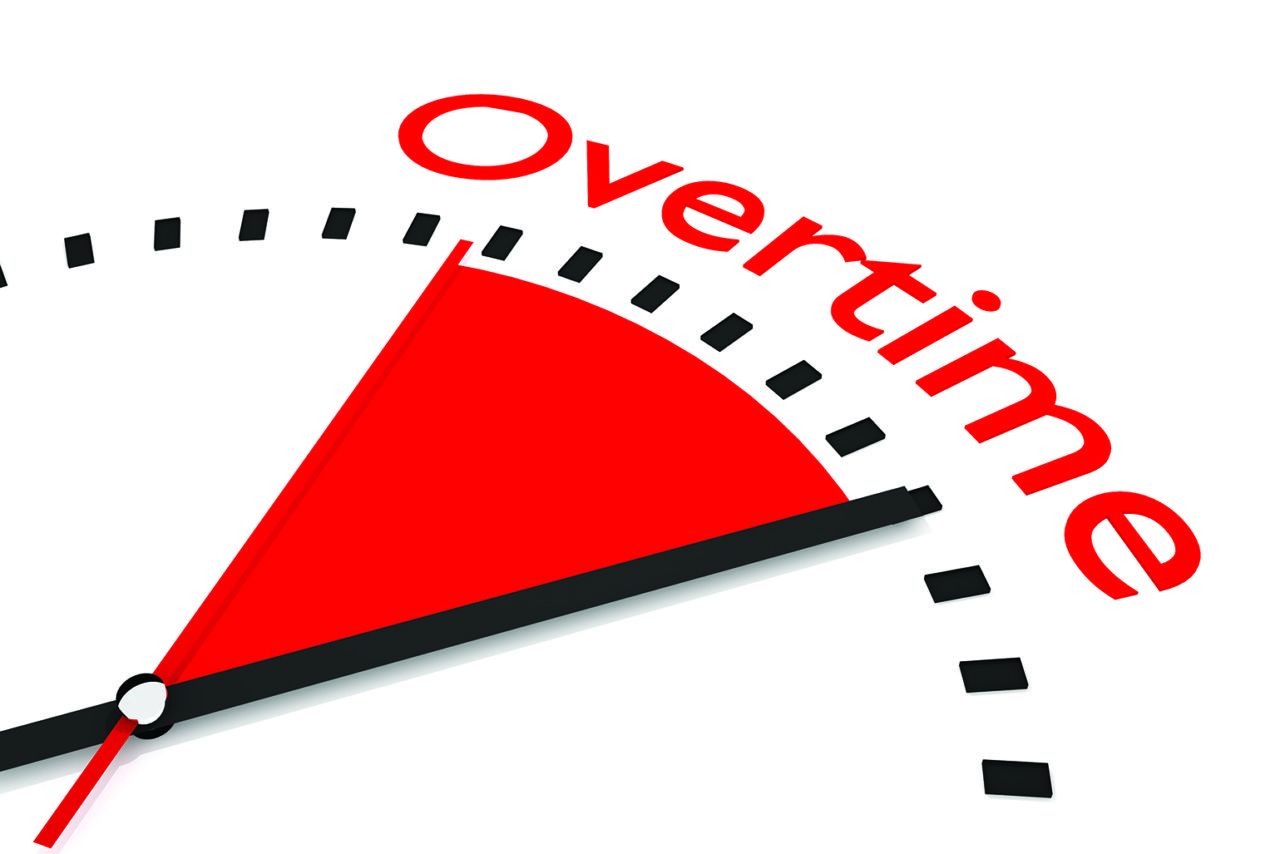 By A. Kevin Troutman, Fisher Phillips
By A. Kevin Troutman, Fisher Phillips
After considerable controversy and years of waiting, the U.S. Department of Labor has finally released its revised proposed “overtime rule,” resolving some concerns and leaving other questions open. If adopted, the revised rule would set the minimum salary threshold for so-called white-collar exemptions at $679 per week, annualizing to $35,308 per year.
Though substantially higher than the current $455 minimum weekly salary required to sustain an overtime exemption, the current proposal does not represent nearly as dramatic a change as the $913 minimum weekly salary that was about to take effect in 2016. In short, the current proposal would make anyone earning less than the new threshold of a $679-a-week salary eligible for overtime pay. It is unclear exactly how many workers this would affect, especially after many employers had already geared up for the change three years ago. But this change likely would affect more than a million employees, according to the Trump administration’s estimates.
At this stage, the proposed rule does not include an automatic update provision (which had previously sparked concerns about inflating the threshold level). Similarly, it does not revise the “duties” test that accompanies the rule. As wage-and-hour controversies are among the most commonly-litigated issues in employment law, including in the U.S. Southern District of Texas, both the proposed changes and lingering questions command the attention of employers.
Before the rule is finalized, the public will have 60 days to submit comments after the proposal is published in the Federal Register.
An overview of the proposal
Besides raising the minimum weekly salary threshold from $455 to $679 per week ($35,308 per year, annualized), the new rules propose:
A single threshold, regardless of exemption, industry or locality, subject to a few exceptions that already exist.
A proposed salary cutoff of $147,414 per year for the highly compensated employee exemption.
No changes to the duties test for exemptions.
No “automatic” updates.
A brief look at the rule’s recent history
In May 2016, under the Obama administration, the USDOL released final rules that radically altered federal compensation rules. Originally set to take effect December 1, 2016, that rule increased the minimum salary threshold to $913 per week (which would have annualized to $47,476, more than double the existing $23,660 annual threshold). The rule also would have “updated” every three years, beginning January 1, 2020, making it very likely that the threshold would have increased at that pace, as well.
Just days before the implementation date, however, a Texas federal judge blocked the overtime rule, preventing it from being implemented nationwide. After Alexander Acosta became head of the USDOL, he indicated that the department would no longer push the $913 per week threshold. Since then, employers and employees have been awaiting a revised proposal.
Will the proposed new rules settle the controversy?
The new proposal does not address some problematic areas. The $679-per-week threshold sounds a lot more palatable to employers than $913-per-week did. Other features in the proposal differ from concerns raised in lawsuits leveled against the Obama-era rule. Although litigation may still occur, the basis for it is not as clear because: (1) the base salary alone does not make an employee exempt from overtime; and (2) the proposed salary thresholds are not so high as to overshadow the duties tests.
Remember that this is a notice of proposed rulemaking
The last round of rulemaking on this topic demonstrated that the unexpected can still occur, and this could be true of the new proposed rule, as well. Thus, employers should not immediately change their compensation structures. This is, instead, a good time for healthcare employers to begin evaluating the likely impact of the USDOL’s proposal, if adopted.
Remember what has already occurred
Anticipating that the $913-per-week rule would take effect in 2016, some employers conservatively made changes then. Employers who did this are ahead of the curve now, especially because the final rule could set a minimum threshold higher than $679 per week. Other employers who made no salary changes but completed detailed analyses of their exempt-classified employees in 2016 also have a head start.
The first time around in this process was painfully long for employers, as they waited to see whether the final rule would be significantly different from the proposal. This time, there appears to be no sign of “duties” changes popping up unexpectedly. To be classified as exempt from overtime, employees must pass both the “salary basis” and “duties” test. Further, while the USDOL may analyze the salary threshold more frequently in the future, it appears unlikely that automatic “updates” will pop up in the final rule.
These differences should narrow the scope of the comments submitted by the general public, and the comments should be generally similar to those filed previously. These facts should make the review period easier and faster than past efforts. The sooner the rule is finalized, the less muddled any opposing efforts (such as last-minute legal or legislative attempts) should be.
The bottom line
Considering that many employers expected the DOL to propose a salary threshold in the range of what actually was announced, the proposed changes contain no big surprises. That the USDOL has apparently recognized that one salary threshold is sufficient to address its goals and moved away from the “automatic” updates approach are welcome developments for most employers.
That said, some employers may wish to submit comments about the proposal, which they should coordinate with their counsel. Regardless of the approach healthcare employers decide to take, they should continue to watch these developments closely.


